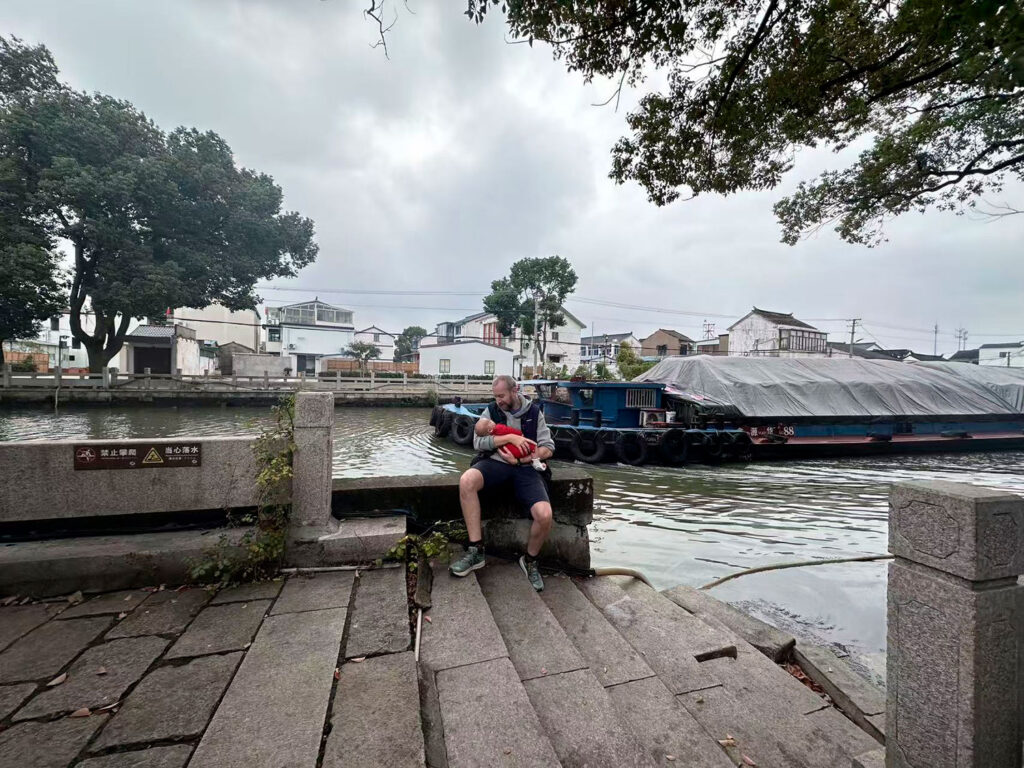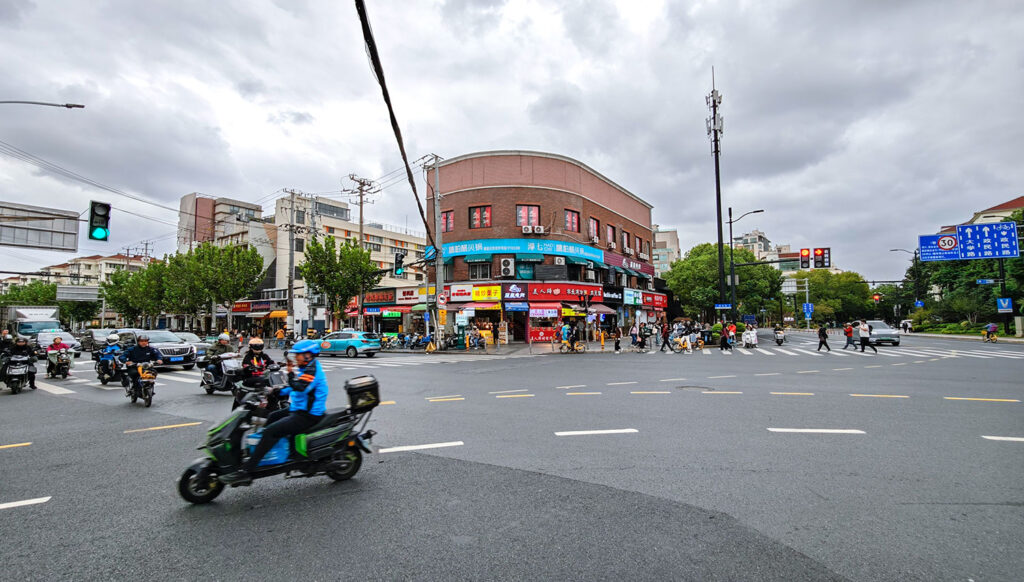The dark weekend in May of 1994, when the world lost Roland Ratzenberger and Ayrton Senna, wasn’t the first time Damon Hill lost his teammate. That happened eight years earlier, on an ice-cold day at Goodwood. Here’s the tragic tale of Canada’s Bertrand Fabi, an enigmatic case of ‘what might have been’.

Bertrand Fabi, all-out at Oulton Park, 27th July 1985 – Copyright © Alan Cox
It was one year after Hill had switched to racing on four instead of two wheels. Hill impressed in the British Formula Fords and landed a seat at the famed West Surrey Racing, which had won three of the last five British Formula 3 championships, with Jonathan Palmer in 1981, Ayrton Senna in 1983 and Maurício Gugelmin in 1985. The team, ran by Dick Bennetts, also signed a young Canadian named Bertrand Fabi.
Bertrand — or Bert, as his friends called him — worked as an ambulance driver in Sherbrooke, Quebec. When he was twenty-one years old, he started at the Jim Russell Racing School at Mont Tremblant. His instructor, Richard Spenard, was immediately impressed by his handling of the car, joking: “I’m sure he saved the odd life or two by getting them to the hospital quickly enough!”
Back then there wasn’t karting in Canada, so straight from racing school Fabi jumped into the Quebec FF2000 championship, taking the title in his rookie year of 1984. Richard Spenard, on Fabi: “He took on all the fast, experienced guys there and beat them, that was really something. We then made the decision that Bertrand should go to England where the competition was more serious.”

Copyright © Alan Cox
Fabi arrived in Europe largely unknown, a reputation which changed swiftly, as the rookie won the 1985 British Formula Ford 2000 title driving a 1984 Reynard. His driving style stood out the most; fully attacking the corners, fully committed, visibly on the edge of the machine’s capability. Immediately, Fabi was considered a talent and a future Formula 1 superstar in the making.
The next natural step on the motorsport ladder was British Formula 3, and West Surrey Racing gladly signed him alongside Damon Hill.
In preparation to the 1986 season, the team would test its Formula 3 car – a Ralt RT30 with a Volkswagen engine – on the Silverstone track, yet bad weather made driving impossible. A few weeks later, the team switched to the Goodwood circuit in the south of England. The track was officially closed, but available for private tests only. Although weather wasn’t much better at Goodwood, the team started testing on Friday February 20th, 1986. Damon Hill recalls, “It was very, very cold. I don’t recall there being ice on the track, but there might have been.”. Fabi went out and drove some blistering fast laps that day.
Testing resumed in similar conditions the following day, and Bertrand went out again. Veteran Dave Scott had set a quick laptime, aided by a loose air restrictor (as Mark Hughes wrote: “This was a common way of setting chassis sales-chasing headline winter times in F3.”). Bertrand was told not to pay attention to the laptime, as he was driving a race-legal car. But he set out anyway, in his typical all-out approach style, with superb car control. He went faster and faster, driving the car up to its very limit. His mechanics looked on from the pitwall – partly amazed by Fabi’s ability with the car, partly petrified with the chances of an imminent crash.
One onlooker remarked, “I remember asking myself; how is he getting grip? The track was slippery, like snot on glass.”
Fabi brought the car in for some adjustments, and set out again. A few laps later, the combination of Bertrand’s search for speed and the slippery track proved tragic. The Ralt left the road at nearly 200 kilometres an hour, at Madgwick corner. Fabi crashed violently into the frozen-solid barriers and his car flipped over.
Team owner Dick Bennetts remembered the incident. “I didn’t see the accident. We were just about to tell him that he had clocked his best time on the course.”
Fabi was gravely injured to his head, legs and abdomen, and was taken to the nearby Royal West Sussex Hospital in Chichester. In an three-hour long emergency operation, the medical team amputated one of his legs, and fought for Fabi’s life. His family was informed of the accident, and his parents directly flew to England, and reached the hospital the following day, on Saturday February 22nd, 1986.
Bertrand’s brain was severely injured, a damaged which the doctors deemed irreversible. His parents decided to turn off the supporting equipment that kept him alive, and Bertrand Fabi passed away that same morning. He was only twenty-five years old.
Some years later, Henrik Larsen – who finished in second place in the 1988 Formula Opel Lotus championship, only one point behind future two-time Formula 1 champion Mika Häkkinen – would say: “Mika isn’t the best driver I’ve raced against. That would belong to Ayrton Senna, and the young Canadian Bertrand Fabi.”
And he wasn’t the only one to compare the two.

Fabi (red car) and Donnelly (blue and orange car) crash at Oulton Park – Copyright © Alan Raine
Nearly a decade later, when asked about the best drivers that ever drove for his team, Dick Bennetts singled out Ayrton Senna and Bertrand Fabi. He summed up the similarities between the two; “Ayrton and Bertrand were tremendously fast, showing car control skills that was impossible for others. Their personalities were alike. Incredibly focussed, committed and hugely confident.”
And there’s more. Both Senna and Fabi won championships under controversial circumstances. Senna won the 1990 Formula 1 Championship by crashing into Alain Prost in the first corner of the Japanese Grand Prix, while Fabi won the 1985 British Formula Ford 2000 series in similar fashion, when he crashed into Martin Donnelly at Oulton Park.
Both have a street named after them in their respective hometowns, and in a final, yet sad parallel, is that for their love of racing, both had to pay the ultimate price.



